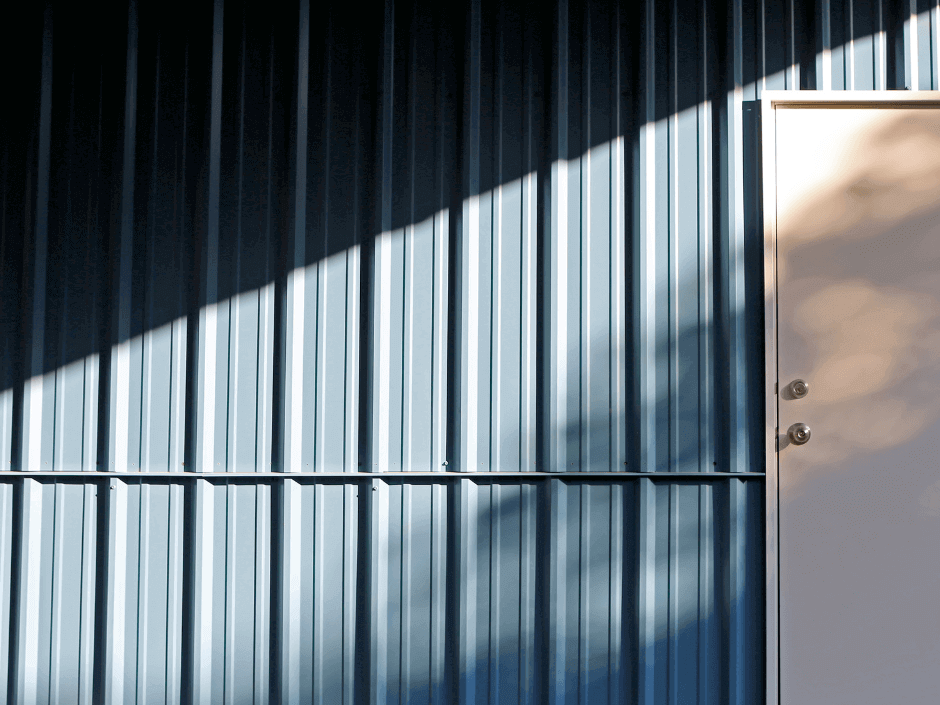Search for topics or resources
Enter your search below and hit enter or click the search icon.
November 11th, 2024
3 min read

If you’re insulating a pole building, you’re probably considering fiberglass insulation as an option. After all, fiberglass is inexpensive and popularly known as a DIY insulation. Your pole building needs some kind of insulation, and this is the most affordable route forward. Why wouldn’t you opt for fiberglass batts in your pole building?
At South Central Services, our team regularly insulates pole buildings for all sorts of uses. We are dedicated to delivering an effective product based on building science and the needs of our climate. In southern Pennsylvania, there are better options than fiberglass insulation for pole buildings.
By the end of this article, you’ll understand why we don’t install fiberglass in pole buildings.
Don't have time to read right now? Check out everything you need to know at a glance.
Fiberglass doesn’t create an airtight seal. As an insulating material, fiberglass has a good R-value. However, it is air-permeable. Air can easily pass through and leak through fiberglass insulation.
Why is that so important for pole buildings? Air transfer is a big concern in pole buildings for two reasons.
Let’s examine these concerns in more detail.
Metal buildings are highly conductive. In a cold climate, air bypassing the fiberglass insulation experiences dew point and condenses water against the metal substrate.

Dew point refers to when air is so saturated with water that it can’t hold anymore and condenses the vapor into liquid water. Warm air holds more moisture than cold air, and hot air is drawn to cold air. So, as air passes through the fiberglass insulation, the vapor content in the air condenses.
Over time, this condensation can rust out the metal panels of your pole building. If condensation forms, it can also be held by your fiberglass insulation. Metal may be conductive, but so is water. Wet fiberglass insulation is not an effective insulator.

For wood-framed buildings, condensation can lead to wood rot. Excessive, unmanaged moisture can also cause mold and mildew problems to arise.
Even if condensation wasn’t an issue, fiberglass is still an ineffective insulation for pole buildings. Air leakage is problematic in metal buildings because of condensation, but air leakage always represents energy inefficiency.
If you want your pole building to be conditioned, you’ll have to pay for conditioned air. That means running an air conditioner in the summer and a heater in the winter. Without any type of air-seal, the air you pay to heat or cool will leak right through the fiberglass insulation.
Usually, insulating a pole building means you are attempting to keep the space reasonably conditioned. Fiberglass insulation will not help to keep conditioned air inside. In the summer, the hot air outside will be drawn through the metal and fiberglass to the cool inside. In the winter, the hot air will leak into the cold air outside.
If your conditioned air quickly escapes, you’ll pay more and more to try to replace it. It is not cost-effective to insulate a pole building with fiberglass since conditioning a fiberglass-insulated pole building is expensive.
Another drawback to fiberglass in your pole building is the need for additional construction. Generally speaking, most pole buildings do not have stud layouts. Fiberglass batts are designed to fit within a wall, floor, or ceiling cavity. But the majority of pole buildings don’t have these cavities already.
With fiberglass batt insulation, you have to install stud layouts to create cavities for the batts. This is an additional cost and can add more time to your project.

It also requires some precise math and measurements. If you are determined to use fiberglass in a metal building despite the risks, you want to make sure that the fiberglass is installed perfectly. You do not want any gaps, cracks, or sagging to exacerbate the issues of fiberglass against metal. The stud layout should snugly fit the fiberglass batts you choose by width, height, and depth.
Fiberglass is not the best insulation for pole buildings. Since metal is quite conductive and fiberglass is air-permeable, metal buildings with fiberglass commonly rust out. Condensation management is a significant concern for pole buildings, and fiberglass does not offer the tools to manage condensation. If the goal of insulating your pole building is making conditioning the space more affordable, fiberglass will not deliver.
Our recommendation for pole building insulation is usually closed cell spray foam. Still, a few other insulations are available for those on a tighter budget.
Now that you know why we don’t insulate pole buildings with fiberglass, your next step is to:
Disclaimer: While we strive to publish information accurate to building science, local building codes and standards supersede our recommendations.
Alexis has been fascinated by spray foam insulation since 2018. When she isn’t thinking about insulation, Alexis is geeking out over storytelling and spreadsheets.
Topics: